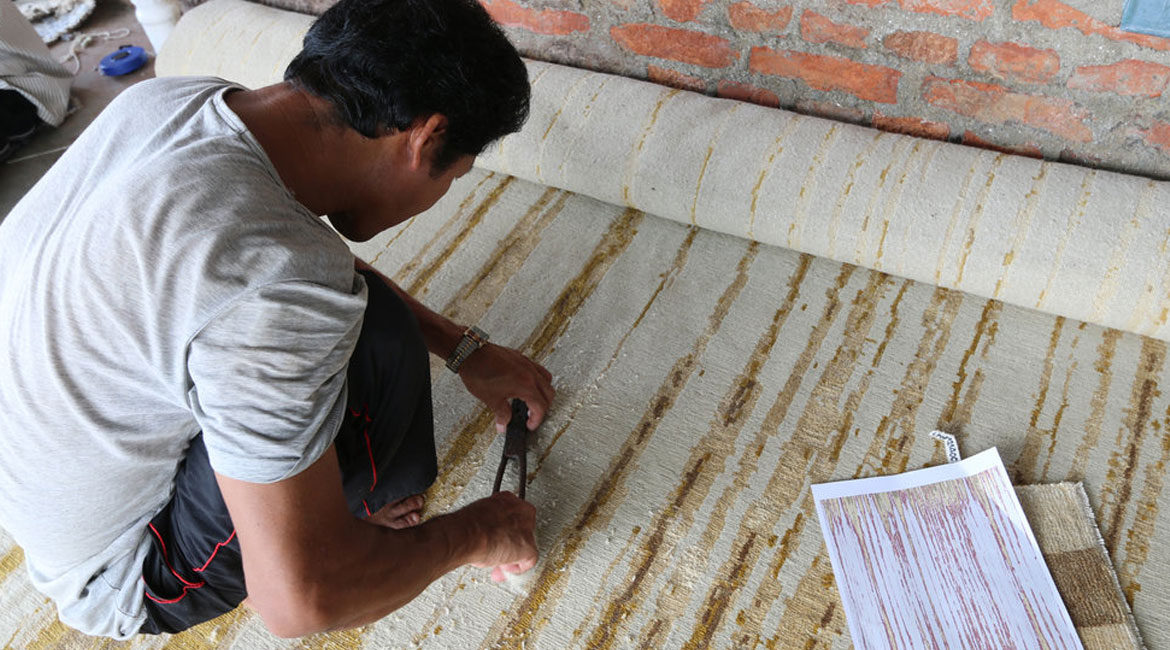 Jun 06
Jun 06 Handknotted Carpets Manufacturing Process by Yak Carpet
- June 6, 2018
- 0 Comment(s)
Weaving a rug using hand-knotted technique is an ancient style. This rug weaving technique has been originated from Persia and started in India when Babur came. The first weaving center was established in Agra. A hand-knotted rug is made in pure silk on silk, silk on cotton and pure New Zealand wool material. This is also called natural material. A handknotted rug is completed in 7 steps. It takes many months to weave the same. The process of a handknotted area rug and other handmade carpets is same but the construction techniques are different. I am going to explain you the entire process of making a handknotted rug.
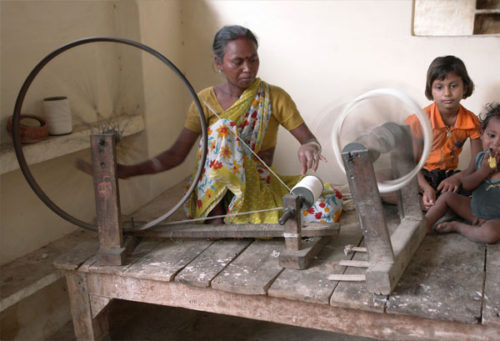
1) Spinning using Chakra Machine-
When unprocessed wool comes in the factory, it is separated by hand to break up the clumps and remove any other material that may have got stuck in it. In this step, the raw material of silk and wool is turned into yarn using chakra machine.
2) Washing Process:
After spinning the yarn, it is very important to wash the yarn for removing unwanted particles and dust.
3) Vegetable Dying:
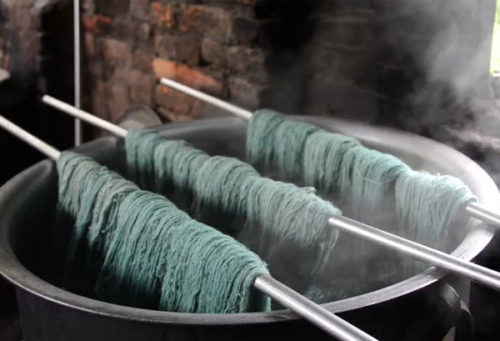
A handmade carpet is woven using vegetable wet dyeing method and sometimes it is also called as a natural dying process. Dying solution is heated to a near-boiling temperature for a specific period of time after that weavers put washed yarn into the dye solution according to the output color. For example, if a customer wants dark color then you should put yarn for 20-30 minutes otherwise you can take it outside after 10 minutes.
4) Hand Knotted Manufacturing:
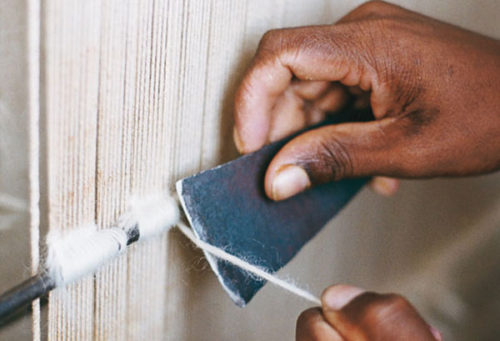
Before starting the weaving process, a designer draws the design on a white paper and a graph is created. After that, weaver adjusts handloom according to the size of the carpet. Maximum three people work together in a single handloom. First, they bind the warp in cotton yarn, wool yarn, silk yarn horizontally on the handloom then begin to weave the carpet starting from all the way at the bottom in an upward direction towards the top. They make knots (combination of the vertical pile and horizontal pile) and bind together. After creating about ten wefts the weavers work fast. This is call weft. Weft means the upper part of carpet which is made of silk and wool.
5) Finishing or trimming the carpet:
After completing the weaving process, they finally check that if any threads are coming out or any color mismatching occurs and do final finishing. For this process, weavers use Scissors for cutting extra piles and pencil colors for removing the color cuts.
6) Rug washing:
In the weaving process, carpets get dirty and that’s why before sending the carpet to client, they open the rug on the floor and wash it with detergent and warm water. They use a wooden plank to force the water through rug piles.
7) Final Touch:
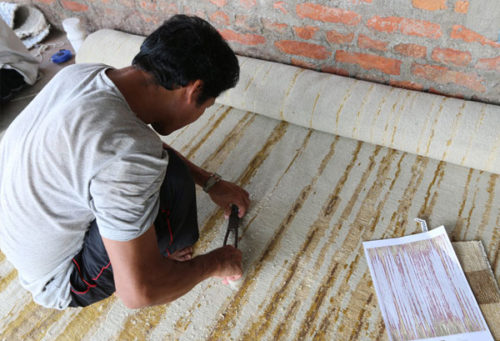
This is the rechecking process before delivery of the carpet. If anything is required then finishing touches are given.
After completing the 7 steps a hand-knotted carpet is completed for delivery and is ready to be dispatched. It is a time-consuming process and that’s why it is an expensive and luxurious item. The weaving time duration depends on the several facts like size of the carpet, color combination, designs etc.
Read More: HOW TO MATCH INDIAN HOME DECOR WITH TRADITIONAL HANDMADE CARPETS?


